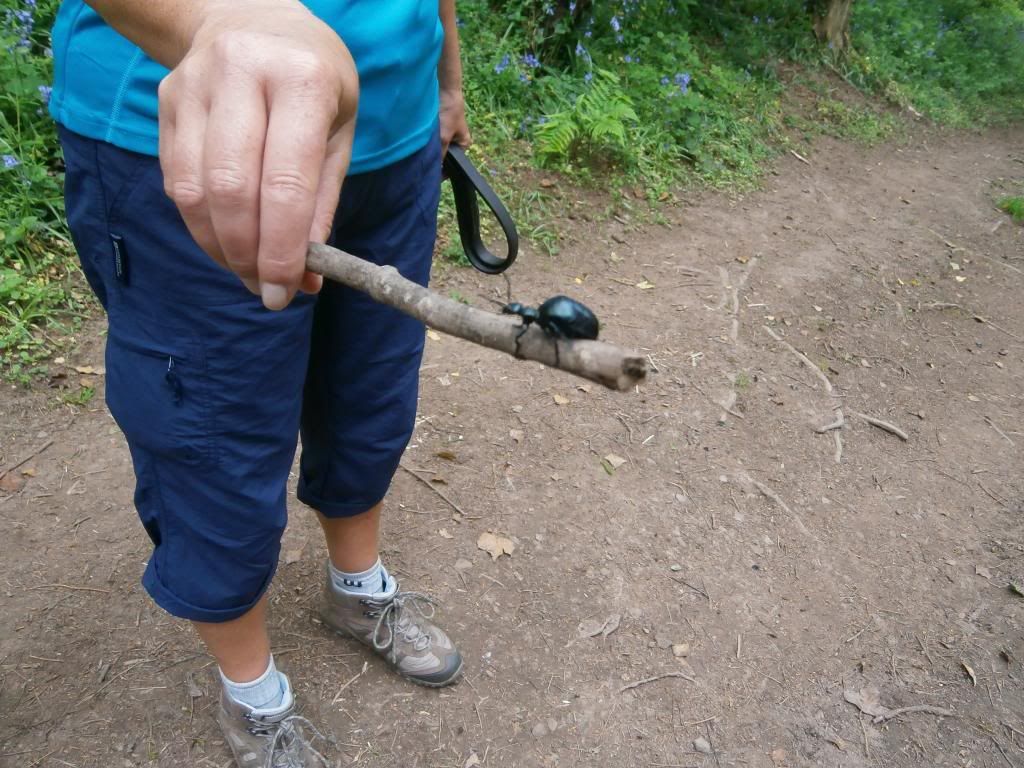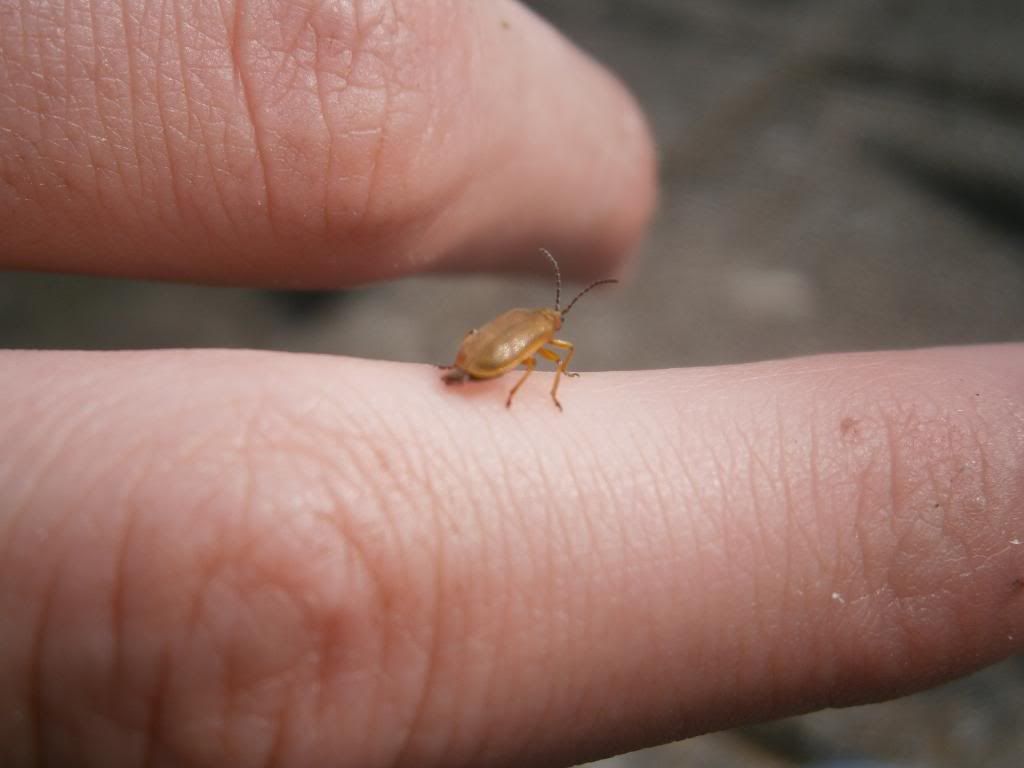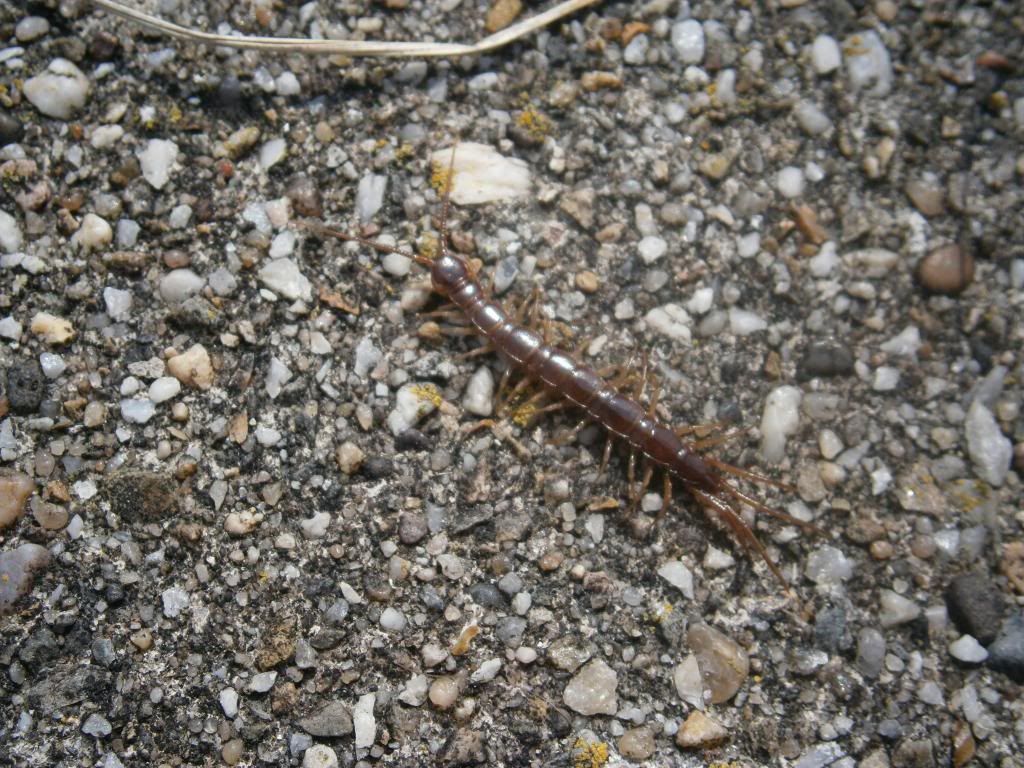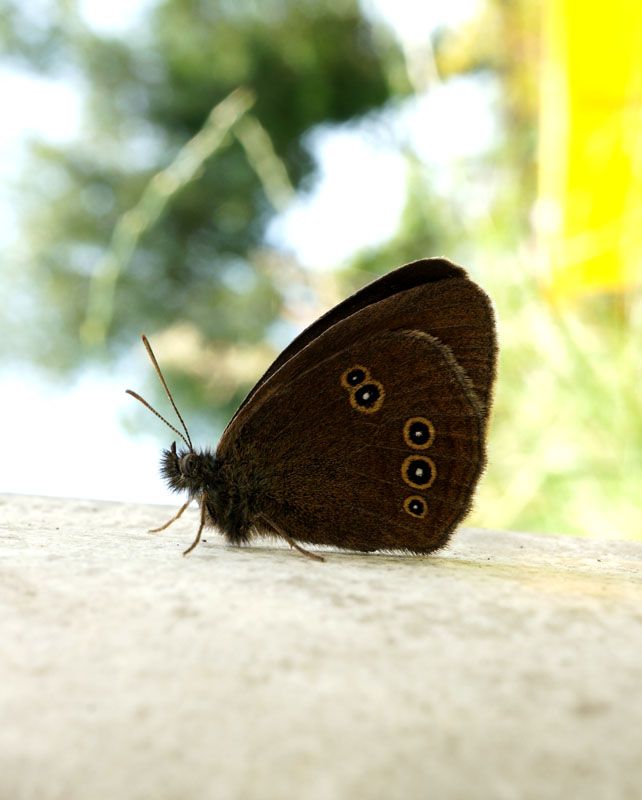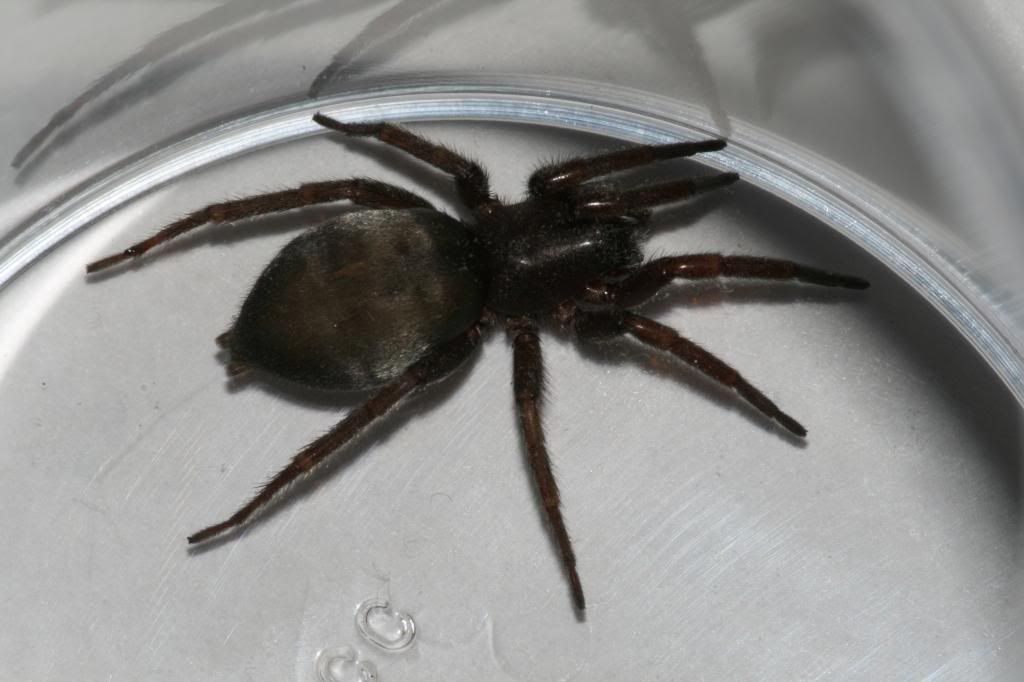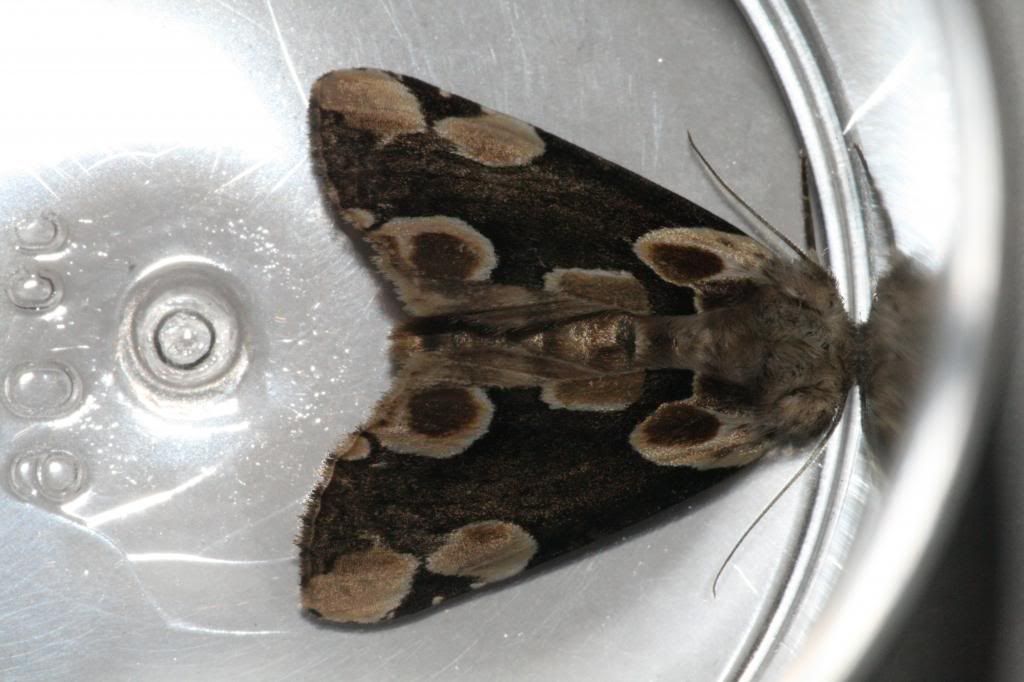The "What is this bug?" thread
- Thread starter Harvestman
- Start date
-
Come along to the amazing Summer Moot (21st July - 2nd August), a festival of bushcrafting and camping in a beautiful woodland PLEASE CLICK HERE for more information.
You are using an out of date browser. It may not display this or other websites correctly.
You should upgrade or use an alternative browser.
You should upgrade or use an alternative browser.
I'd go with a Meloe too, and I don't know which one either, although M. proscarabeus is the commonest UK species. I would love to have seen that, as there are relatively few records of Oil Beetles from the southern part of Wales. Brilliant find.
Paul, as a local naturalist and invertebrate recorder, I wouldn't mind knowing exactly where and when you took that shot, if you are willing. PM me if you like.
Paul, as a local naturalist and invertebrate recorder, I wouldn't mind knowing exactly where and when you took that shot, if you are willing. PM me if you like.
Niels,
The centipede is a species of Lithobius. In the UK I would guess at L. forficatus, but couldn't be sure (need to see the number of teeth on the mandible and the shape of the pores on the hind legs, amongst other things).
The beetle is more difficult, at least for me. I think it might be a Tenebrionid, but that is as far as I get, and even that might be wrong.
The centipede is a species of Lithobius. In the UK I would guess at L. forficatus, but couldn't be sure (need to see the number of teeth on the mandible and the shape of the pores on the hind legs, amongst other things).
The beetle is more difficult, at least for me. I think it might be a Tenebrionid, but that is as far as I get, and even that might be wrong.
Thanks. The centipede makes some sense now. I understand that me being on the mainland complicates the identifications even further.
I was out walking last weekend when two longish looking flies landed on my arm (I was in a grass field where sheep were grazing if it helps). When I spotted them I flicked them off and whilst doing so caught one of them and squished it over my arm. It was full of blood; my blood! I noted the two spots of blood where they had been sitting. I felt nothing whilst they had been feasting but I'm now curious to know what they were. Any ideas?
Depending on how slender they were, either you had mosquitoes or horseflies.
I think I'd recognise a mossie.
.....it does indeed look like a horsefly. Quick little buggers aren't they?
Yes, that's one of the Euophrys jumping spiders. Difficult to be certain from those pictures, but may well be Euophrys lanigera, which is fairly common around houses and human habitations. Nice little beastie.
That's a Tegenaria, the common house spider, and it is indeed a he.
Fangs big enough to bite a human, but not dangerous.
Fangs big enough to bite a human, but not dangerous.
I'm going to chuck this in here. it's a burnet moth, and I think it might be a Narrow Bordered Five Spot Burnet, but it is so old and worn it is difficult to tell.


Yes, that's one of the Euophrys jumping spiders. Difficult to be certain from those pictures, but may well be Euophrys lanigera, which is fairly common around houses and human habitations. Nice little beastie.
Thanks for that, for a while there I was worried they were ticks tbh!!
We seem to get a lot of them, strange spotty almost spider looking things!!
Very interesting too, I'm gonna do a bit of research on them.
Thanks
Steve
Lovely animals Wattsy. Peach blossom moth yes. Very nice.
Spider is one of the Gnaphosidae, usually referred to as Drassids, or Stone spiders. If that one was found indoors, and is really as dark as it looks, then it is probably Scotophaeus blackwalli, usually referred to as the Mouse Spider because of its hairy appearance. If it is actually more silvery-grey, and was found outdoors then it will be a species of Drassodes, probably Drassodes cupreus. Based on what I'm seeing here, I'm going with Mouse Spider at the moment.
There are other possibilities, but those are the most likely.
Spider is one of the Gnaphosidae, usually referred to as Drassids, or Stone spiders. If that one was found indoors, and is really as dark as it looks, then it is probably Scotophaeus blackwalli, usually referred to as the Mouse Spider because of its hairy appearance. If it is actually more silvery-grey, and was found outdoors then it will be a species of Drassodes, probably Drassodes cupreus. Based on what I'm seeing here, I'm going with Mouse Spider at the moment.
There are other possibilities, but those are the most likely.
Whittler Kev
Bushcrafter (boy, I've got a lot to say!)
Similar threads
- Replies
- 58
- Views
- 6K
- Replies
- 0
- Views
- 655
- Replies
- 2K
- Views
- 343K

